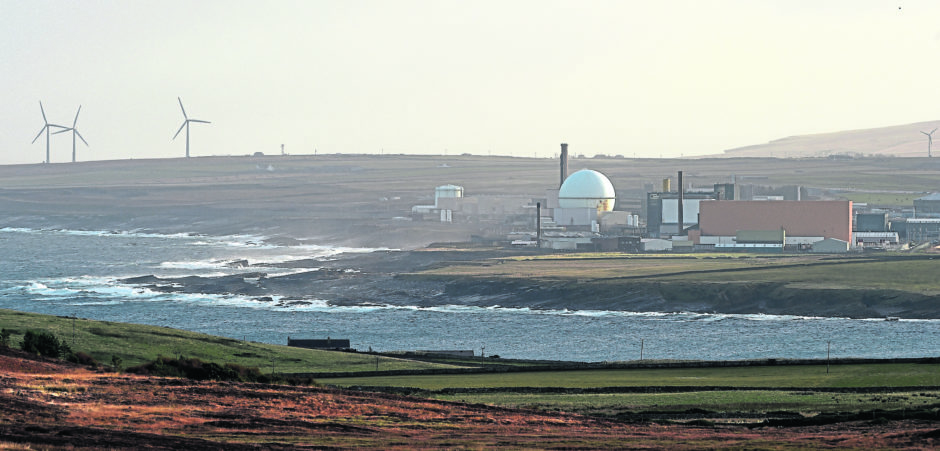
Doubts are being cast on the Nuclear Decommissioning Authority’s (NDA) target of having Dounreay’s disappearance completed by 2033.
In its newly published draft business plan, the quango foresees the Caithness plant being consigned to care and maintenance by then.
However, the timescale was yesterday described as “unachievable” by Roger Saxon, chairman of the Dounreay Stakeholder Group.
In the three-year plan, the NDA sets out milestones for the clean-up programmes it oversees at Dounreay and its other 16 UK redundant civil nuclear sites.
It expects the Dounreay Material Test Reactor to be levelled in 2022, the dome-shaped Dounreay Fast Reactor demolished in 2025 and the prototype fast reactor pulled down in 2027.
The site’s notorious underground waste shaft and nearby silo would be emptied and its waste put in secure stores to comCaiplete the programme by March 2033.
Mr Saxon, a retired nuclear consultant at Dounreay, doubts whether this will prove possible.
“I think it’s unachievable,” he said, stressing he is speaking in a personal capacity.
“It is a gut feeling but it is one probably shared by quite a few folk at Dounreay.”
Mr Saxon believes a delay is most likely to be caused by the work needed on the shaft.
He said: “A few years ago they were on track with emptying the shaft and the silo but then the (UK) government decided to give priority to removing the stock of exotic fuel from Dounreay and transferring it to Sellafield.
“That was disappointing in many ways as there was a team primed to deal with the shaft and silo but they were stood down and the project was put on the back burner.”
Mr Saxon said he had doubts that lost time could be made up, given the painstaking nature of the work.
He said DSG would be pushing for the NDA to give job projections for the remainder of the clean-up programme at Dounreay.
“Once the current three-year plan is firmed up, we want to see the NDA to give us a profile of how it sees the workforce changing as the site runs down,” he said.
He said: “We need to know if it is anticipating a cliff-edge or if it envisages a gradual tail-off.
“Workers need to have confidence about the future and know that they are going to have the chance to finish the job they are working on.
“If they do not have that, they can lose heart and then look for jobs elsewhere.”
Site licence company DSRL employs about 800 at the Caithness site, which was built in the 1950s to serve as the hub of the UK’s fast research and development programme.
Recommended for you
